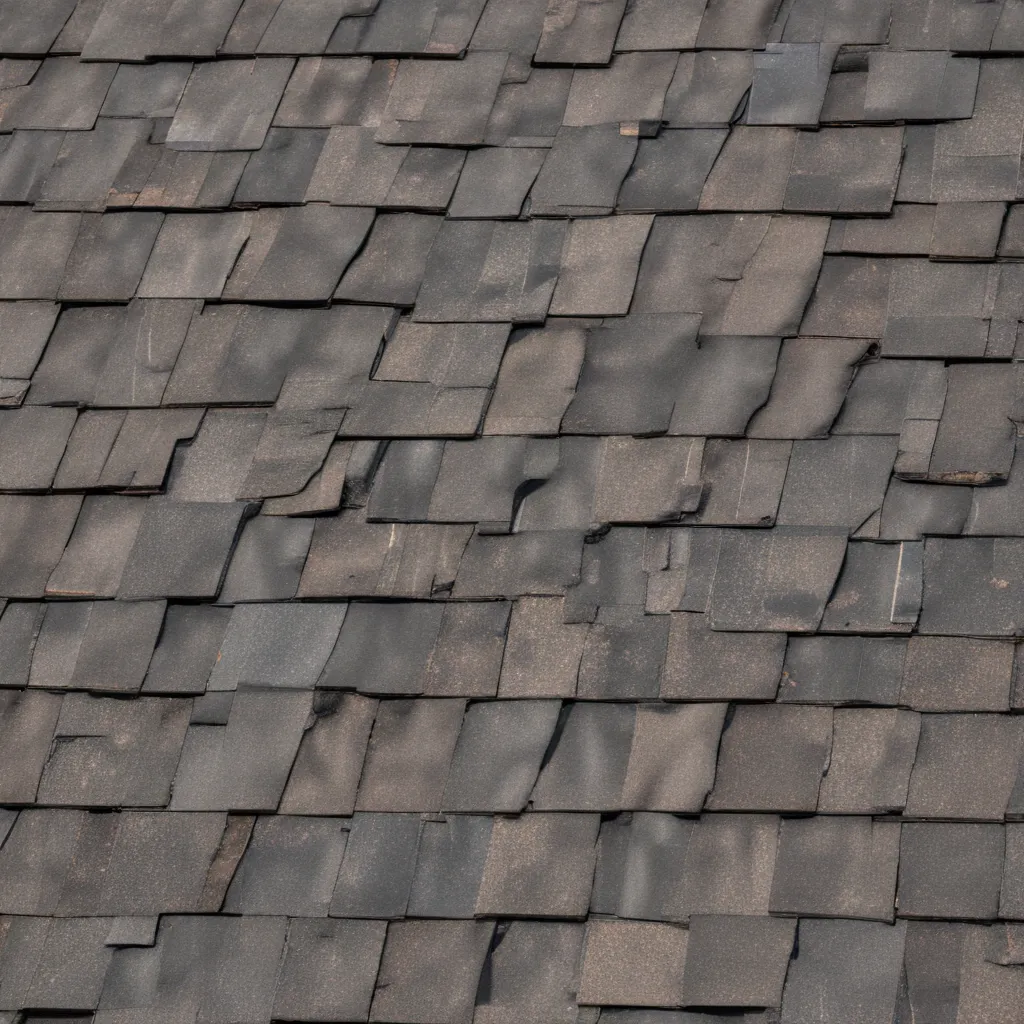
Homeowners today are increasingly conscious of their energy consumption and the environmental impact of their homes. One of the most effective ways to improve a home’s overall energy efficiency is by optimizing its roofing system. Tile, composite, and metal roofing each offer unique thermal properties that can significantly impact heating and cooling costs. By understanding the science behind roofing materials and leveraging the latest energy-saving innovations, you can transform your home’s thermal performance and maximize long-term savings.
Thermal Performance Optimization
The key to an energy-efficient roof lies in its ability to manage heat transfer. This is measured by three critical factors: thermal resistance (R-value), emissivity, and reflectivity. Roofing materials that excel in these areas can substantially reduce a home’s heating and cooling demands, cutting utility bills and minimizing environmental impact.
Energy-Efficient Roofing Solutions
Reflective Roofing Materials: Metal roofs are renowned for their exceptional reflective properties, bouncing sunlight away from the home’s interior and preventing heat absorption. The industry-leading Alunar Coating System, for example, enhances a metal roof’s ability to reflect up to 85% of the sun’s radiant energy. This dramatically lowers cooling needs, especially in hot climates. Composite and tile roofs can also be manufactured with reflective finishes to achieve similar thermal benefits.
Insulation Techniques: Proper insulation is essential for optimizing a roof’s thermal resistance. Advanced synthetic underlayments with integrated radiant barrier technology can significantly enhance an asphalt, tile, or metal roof’s insulating capabilities. These specialty underlayments reflect heat away from the living space, reducing the strain on HVAC systems.
Ventilation Strategies: Airflow and ventilation play a crucial role in regulating a roof’s temperature. Roofs installed on raised battens create a thermal break and allow for increased air circulation, further improving energy efficiency. Even direct-to-deck metal roofs can be engineered to provide adequate above-sheathing ventilation, ensuring optimal thermal performance.
Roofing Thermal Regulations
Building Code Requirements
Building codes across the country now mandate minimum thermal performance standards for new roofing installations. These regulations ensure homes meet energy efficiency targets, helping to reduce overall power demand and mitigate the effects of climate change. Compliance is typically achieved through a combination of reflective surfaces, insulation, and ventilation strategies.
Energy-Saving Incentives
To encourage homeowners to prioritize energy efficiency, various federal, state, and local incentives are available. The Inflation Reduction Act of 2022, for example, provides tax credits of up to 30% for the installation of qualifying energy-efficient roofing systems. These financial incentives can make the investment in a high-performance roof more accessible and appealing.
Compliance Considerations
When selecting a new roof, it’s important to research the specific thermal regulations and incentive programs in your area. A reputable roofing contractor can help navigate these requirements and ensure your project meets all necessary standards, maximizing both energy savings and potential rebates.
Roofing Material Selection
Thermal Properties
The inherent thermal characteristics of roofing materials play a crucial role in their energy-saving potential. Metal roofs excel in reflectivity, with the ability to reflect up to 85% of the sun’s radiant heat. Tile and composite roofs can also be engineered with reflective coatings to enhance their thermal performance. Additionally, the thermal mass of tile and concrete roofs can help regulate indoor temperatures by absorbing and slowly releasing heat.
Durability Factors
When evaluating roofing options, it’s important to consider long-term performance and maintenance requirements. Metal roofs are renowned for their exceptional durability, often lasting 50 years or more with minimal upkeep. Tile and composite roofs also offer impressive longevity, but may require more frequent inspections and repairs to maintain their thermal efficiency.
Cost-Effectiveness
While the initial investment in an energy-efficient roof may be higher, the long-term savings on utility bills can make it a wise financial decision. Metal roofs, for example, typically have a higher upfront cost than asphalt shingles, but can provide substantial energy savings that outweigh the difference over the life of the roof. Additionally, many energy-efficient roofing systems qualify for tax credits and other financial incentives, further improving their cost-effectiveness.
Roof Design Strategies
Passive Solar Design
Incorporating passive solar design principles into your roof can maximize the thermal performance of your home. This includes strategically positioning the roof’s orientation, slope, and overhangs to optimize the capture of natural sunlight during the winter months and provide shading in the summer. By leveraging the sun’s energy, you can reduce the reliance on mechanical heating and cooling systems.
Thermal Mass Integration
The thermal mass of certain roofing materials, such as tile and concrete, can play a significant role in regulating indoor temperatures. These materials absorb heat during the day and slowly release it at night, helping to smooth out temperature fluctuations and reduce the need for active heating and cooling.
Ventilation Optimization
Proper roof ventilation is crucial for maintaining thermal efficiency. Raised batten installations create a thermal break and allow for increased air circulation, while direct-to-deck metal roofs can be engineered to provide adequate above-sheathing ventilation. Strategically placed ridge vents, soffit vents, and gable vents can further enhance airflow and prevent heat buildup in the attic.
By understanding the science behind roofing materials and leveraging the latest energy-saving innovations, homeowners can transform their homes’ thermal performance and maximize long-term savings. Whether you’re considering a tile, composite, or metal roof, careful material selection, insulation techniques, and ventilation strategies can all contribute to a more energy-efficient and environmentally friendly roofing solution. Explore the options available from Genuine Roof Systems to discover the perfect balance of thermal performance, durability, and aesthetic appeal for your home.

























